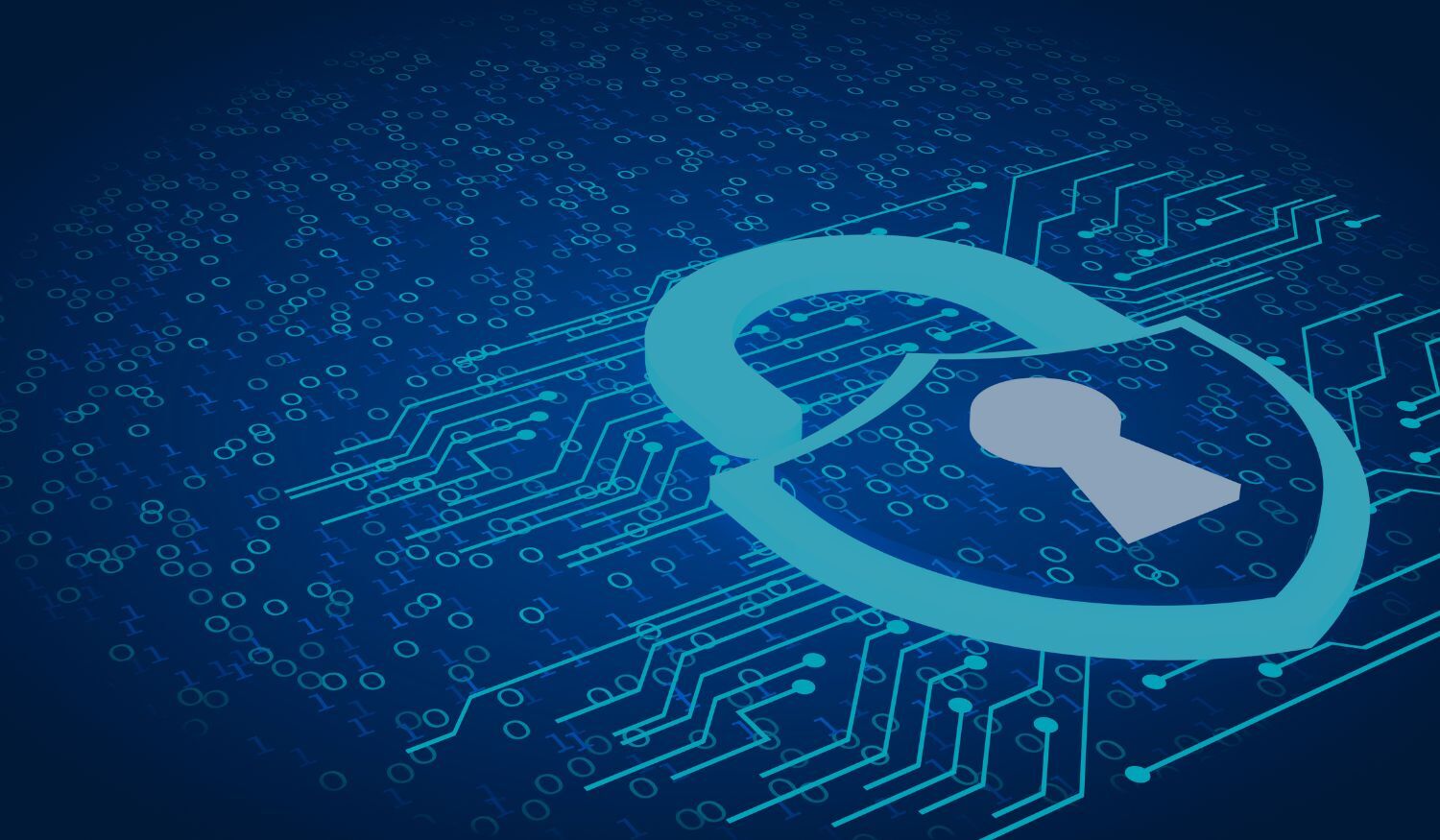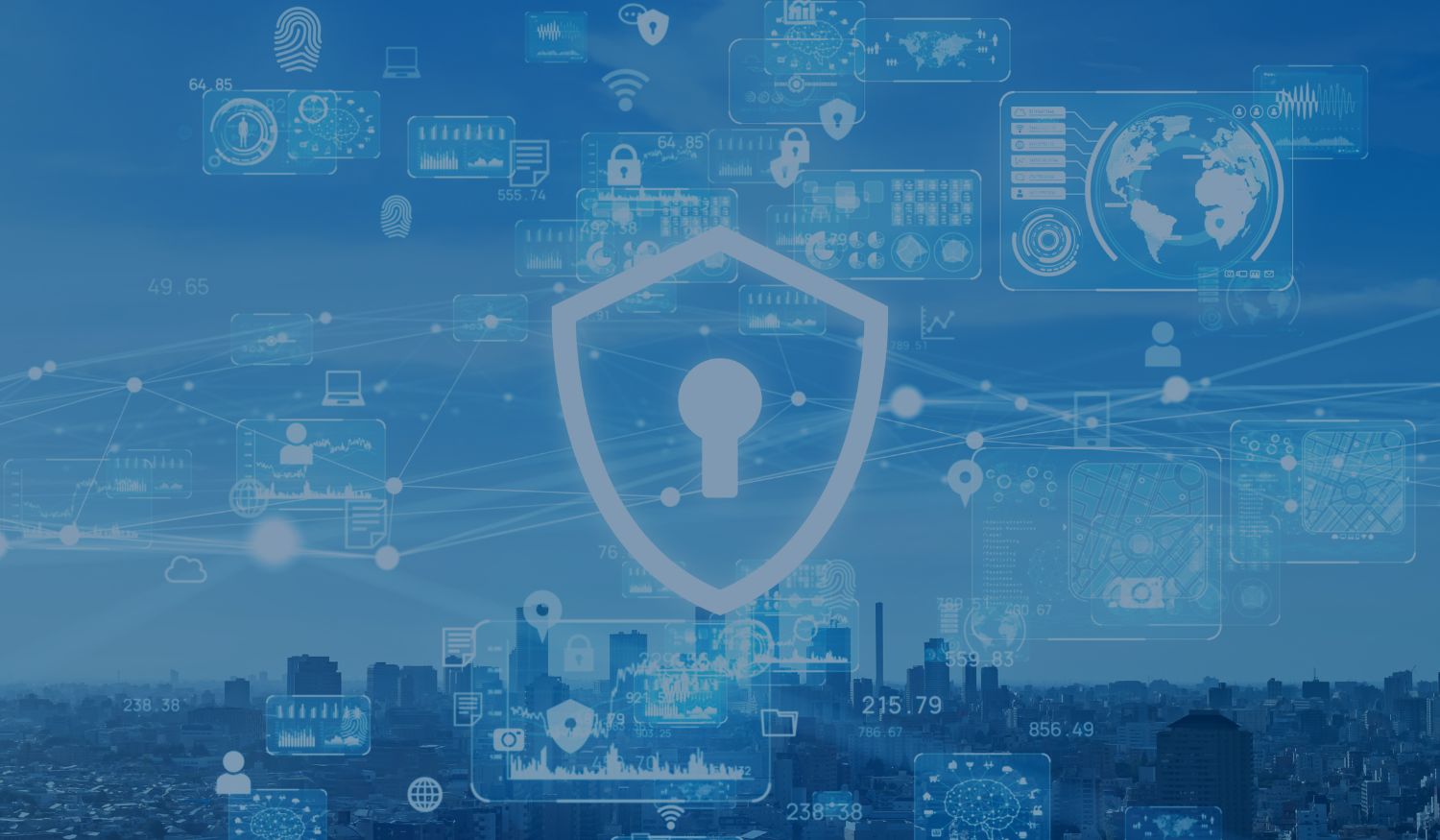A Holistic and Future Ready Roadmap
In our digital world, "secrets" such as passwords, API keys and encryption certificates are the fundamental elements that secure our systems. However, these critical keys which grant access to vital systems and sensitive data are often left exposed, creating significant vulnerabilities. The concerning reality highlighted by IBM’s Cost of a Data Breach Report 2025, is that incidents resulting from stolen credentials cost companies an average of $4.44 million globally and can take a staggering eight months to fully resolve.
These "secrets" are more than just technical details; they are the foundation of our business operations, invaluable assets whose compromise can lead to financial losses, operational disruptions, and irreparable damage to reputation. It's time for a new perspective: rather than viewing secret management as a difficult task, we should recognize it as a strategic necessity. By effectively protecting these digital keys, we transform risk into resilience, safeguarding our customers, ensuring consistent compliance, and ultimately enabling greater innovation. It's essential to acknowledge secrets as the crucial assets they truly are.
Traditional secret management is outdated. Organizations need dynamic, zero trust strategies that treat secrets as continuously verified assets, enabling stronger security in a rapidly changing digital world. The NIST guide on Implementing a Zero Trust Architecture shares practical examples and advice from industry experts on securing resources across cloud and on-prem environments using zero trust principles.
Dynamic Secrets Management with Zero Trust
Frameworks must evolve to accommodate the fluid, ephemeral nature of modern credentials and the growing variety of AI driven and cloud native systems. To enhance security, treat secrets as dynamic machine identities with complete lifecycle management:
- Continuous zero trust verification: Enforce zero trust by continuously verifying the validity and access rights of each secret.
- Automated lifecycle operations: Automate the creation, distribution, rotation and decommissioning of secrets, ensuring policy transparency.
- Apply Risk Based Segmentation: Minimize risk exposure by segmenting secrets based on their environment, sensitivity and application role.
Reducing Exposure with Ephemeral and Just-in-Time Secrets
Modern organizations are moving beyond rigid, fixed rotation schedules for secrets. They are increasingly adopting more dynamic and secure approaches including:
- Ephemeral secrets: Generate secrets on demand with short lifespans and limited permissions, reducing the risk if compromised.
- Automated workflows for just-in-time secret issuance: Automate secrets issuance when needed for specific workflows, eliminating the need for long-lived, static credentials.
- Secret injection techniques: Implement these methods to ensure that secrets are never persistently stored within code or containers, significantly reducing the risk of leakage.
Integrating Security into Developer Workflows
By empowering developers and integrating security into their workflows we can foster a culture of security awareness, reduce human error and prevent leaks:
- Proactive secret leak detection: Integrate IDE plugins and Git hooks to proactively scan for secret leaks pre-commit, ensuring sensitive data never reaches version control.
- Empowering security champions: Appoint developers as "security champions" to advocate, educate, and bridge security and development teams.
- Shifting from compliance to innovation: View security as foundational for fast, secure innovation, offering tools that streamline secure development instead of imposing rigid compliance.
Robust Governance and Oversight
Unclear ownership of secrets increases vulnerabilities and risk of breaches, unauthorized access and compliance issues. A robust governance framework with clear roles, responsibilities and accountability is essential to mitigate these risks:
- Clearly define secret governance roles: Developers manage creation, storage, and access; DevOps handles secure management and CI/CD; security operations oversees monitoring, response, and audits; executive leadership sets vision, allocates resources, and aligns policy.
- Clear escalation & accountability: Establish who to notify, how to escalate, and decision making authority for security incidents. Enforce consequences for non-compliance with secret management to ensure responsibility.
- Transparent audit logs & continuous monitoring: Tamper proof audit logs for all secret access, modification and deletion for forensic analysis. Centralized dashboards provide real time insights into secret usage and anomalies for proactive threat detection.
Addressing Legacy and Zombie Secrets
Forgotten "legacy secrets" in old code and systems create major security risks. To combat this, organizations must:
- Automate discovery: Inventory and classify all secrets across their infrastructure to uncover hidden and forgotten credentials.
- Prioritize cleanup: Use risk analytics, focusing on secrets with high exposure, sensitivity, and access frequency.
- Automate decommissioning: Securely rotate or retire stale credentials to reduce the attack surface.
Practical Implementation: Securing Agentic AI Workflows
Agentic AI workflows require specialized secrets management to support autonomous, dynamic operations across cloud platforms and APIs:
- Least privilege with just-in-time tokens: Issue narrowly scoped, single use tokens per task and revoke immediately after use to minimize exposure.
- Prevent confused deputy attacks: Enforce strict validation of request context to stop misuse of delegated authority by AI agents and middleware.
- OAuth and federated identity: Use OAuth 2.0/OpenID Connect for centralized, auditable, federated, and short-lived authorization tokens.
- Mutual TLS (mTLS): Require mutual authentication between AI agents and services with encrypted communication.
- Input validation and prompt safety: Apply multi-layer input sanitization and sandboxing to prevent prompt injections and unauthorized commands.
- AI driven anomaly detection: Continuously monitor secret and token usage for anomalies with AI analytics, enabling rapid alerting and automated response.
Blockchain Innovations in Secrets Governance
Blockchain and decentralized identity frameworks offer revolutionary approaches that will transform secret governance within future digital infrastructures, despite existing adoption challenges.
- Self-sovereign authentication: Employ blockchain enabled decentralized identities that authenticate without exposing secrets.
- Immutable audit trails: Maintain tamper evident blockchain records to enhance transparency beyond traditional logs.
- Smart contract automation: Use blockchain smart contracts to cryptographically auto-rotate and revoke secrets autonomously.
- Secretless authentication foundations: Build systems based on cryptographic proofs supported by decentralized identity frameworks.
Conclusion: From Reactive Patchwork to Proactive Resilience
Secrets security isn't just an IT task anymore; it's a critical strategic element at the heart of both digital reliability and operational strength. Organizations can stay ahead of new threats and foster secure innovation well and beyond by adopting a comprehensive lifecycle management approach, empowering developers seamlessly, utilizing decentralized identities, ensuring compliance, and practicing transparent governance.
Authors
 Snahil Singh is a cybersecurity professional with over a decade of experience in the software security industry. Her work spans biometric authentication and access control systems, IoT security, AI and ML infrastructure protection, applied cryptography and software supply chain security. She champions inclusive growth in security through mentoring, organizing technical events and speaking across industry and academia, opening doors for new voices and turning ideas into practice.
Snahil Singh is a cybersecurity professional with over a decade of experience in the software security industry. Her work spans biometric authentication and access control systems, IoT security, AI and ML infrastructure protection, applied cryptography and software supply chain security. She champions inclusive growth in security through mentoring, organizing technical events and speaking across industry and academia, opening doors for new voices and turning ideas into practice.

Anoop Nadig is a seasoned Senior Security Engineer with over seven years of expertise in Infrastructure and Application Security. He excels in cloud security, safeguarding large scale service architectures, and designing pragmatic, effective security controls. A strong proponent of automation and shift-left practices, he actively advances security through open-source tool development and community mentorship.
Share this
You May Also Like
These Related Stories

AI Is Reshaping Data Security: What Security Leaders Must Prioritize Now

Insights into the Vital Role of Data Security Posture Management


